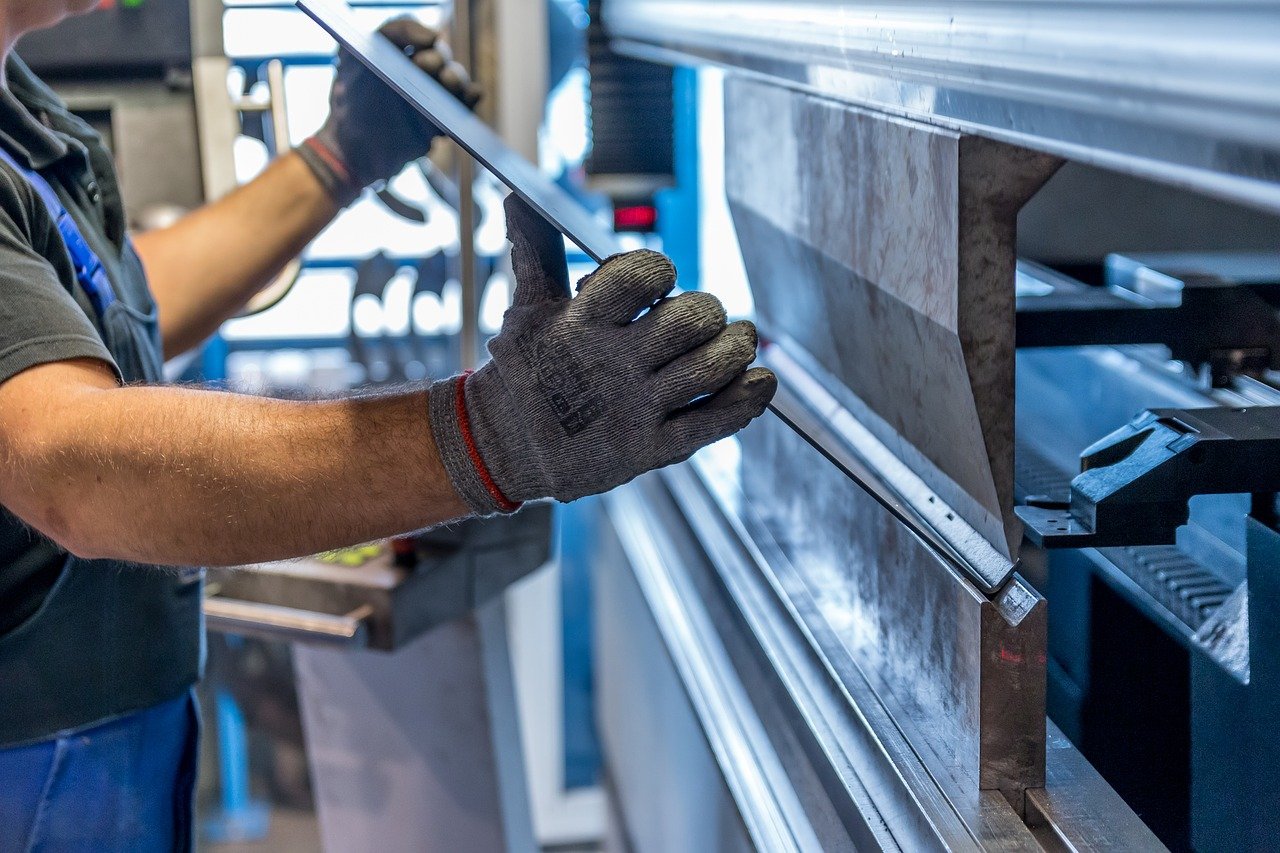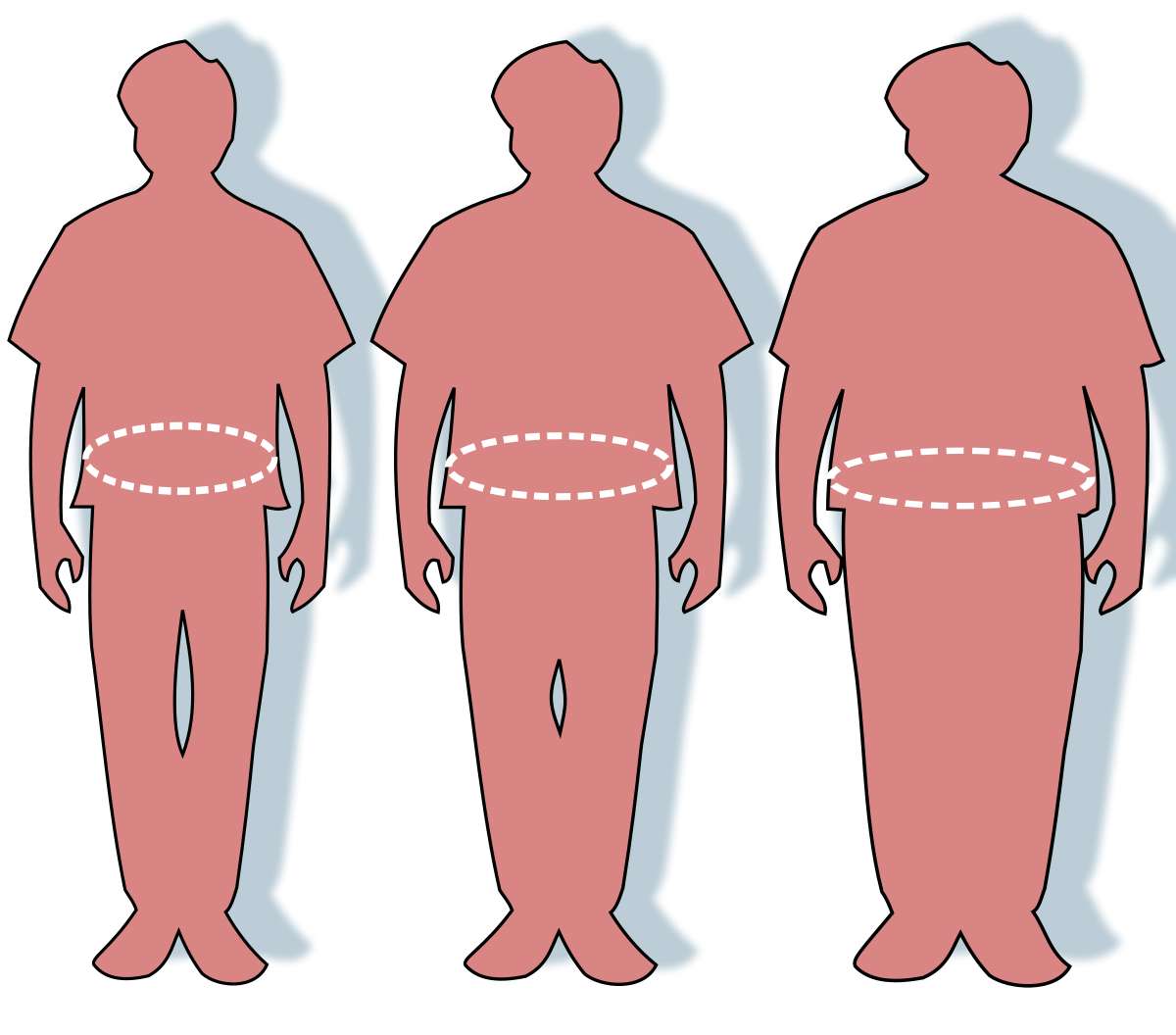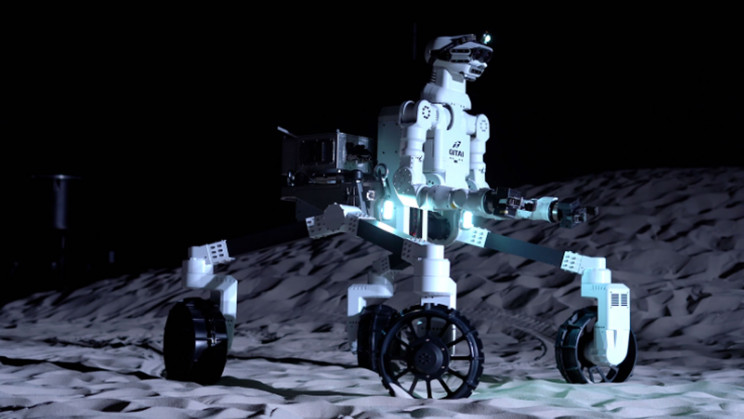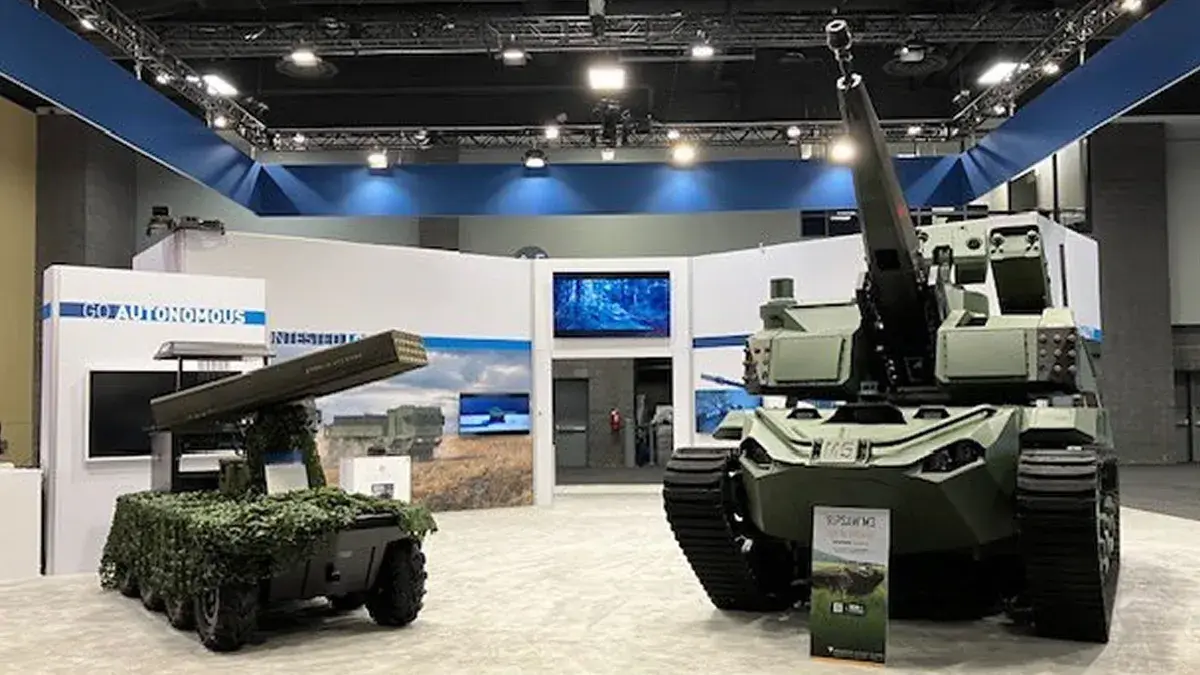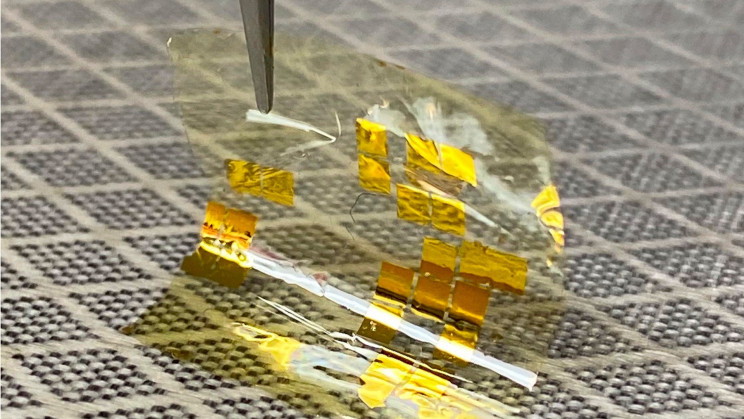A CNC bending machine bends cold metal sheets into different geometric cross-sectional forms using the attached mold (generic or specific mold). It is a sheet bending machine extensively used in sectors such as automakers, aviation manufacture, light industry, shipbuilding, containers, elevators, and railway vehicles for cold-rolled sheet metal operations. When you evaluate the points in this article, choosing the proper Cnc Bending Machine for your demands will be easy.
1. Workpiece
To create a thorough accounting, you need to approximate the standard size, form structure, and other characteristics of the commodity components you wish to generate. The most important consideration is to acquire a machine that can accomplish the processing operation with the fewest number of tons of workbench possible to produce practical and cost-effective results. Consider the thickness and length of sheet metal and the maximum processing thickness and length.
The free bending force doesn’t have to be larger than 80t if the principal product component is low carbon steel with a thickness of less than 3mm and a maximum length of less than 2500mm. However, if there will be plenty of pressing and bending throughout the procedure, you should consider purchasing 150-ton bending equipment. When the plate to be bent during fabrication is low carbon steel, the thickest plate is 6 mm, and the length is 2500 mm when freely bending, you should consider a bending machine capable of more than 100 tons.
A bigger tonnage bending machine is required if bending has to be rectified throughout the process. If the majority of the bending components are 1250mm or shorter, the tonnage of the bending machine will be nearly half, lowering the purchasing cost significantly. As a result, the length of the machined components is critical in determining the machine’s parameters.
2. Torsion
A 10-foot machine’s workbench and sliding block deflect four times more than the 5-foot one under the same load. That implies that shorter machines need fewer shim modifications to produce qualified components. The quality of the materials is also essential. Compared to low-carbon steel, the load needed by stainless steel is often raised by approximately 50%, while the load demanded by most soft aluminum grades is lowered by about 50%. The Cnc Bending Machine producer may provide you with the machine’s tonnage tables at any time. The table below illustrates the approximate tonnage needed per foot of length for various thicknesses and materials.
3. Precision
Bending precision is a consideration that you should carefully study. This element will decide whether a CNC or a manual bending machine is required. If bending precision must be within 1° and you cannot adjust this, you must concentrate on the CNC machine. The CNC bending machine’s slider has a repeatability of 0.0004 inches, and the exact angle of forming requires such accuracy and a suitable mold. The manual bending machine’s sliding block has a repeatability of 0.002 inches, and a 23-degree variation is commonly achieved when an appropriate mold is used. Additionally, the Cnc Bending Machine is equipped to assemble molds quickly. That is an undeniable factor to consider when you have to bend a large number of tiny batches of components.
There are several different types of CNC bending machines available for purchase. Choosing a sheet metal bending machine that’s right for your company when purchasing is critical. Picking the incorrect machine might lead to troubles in the future.

